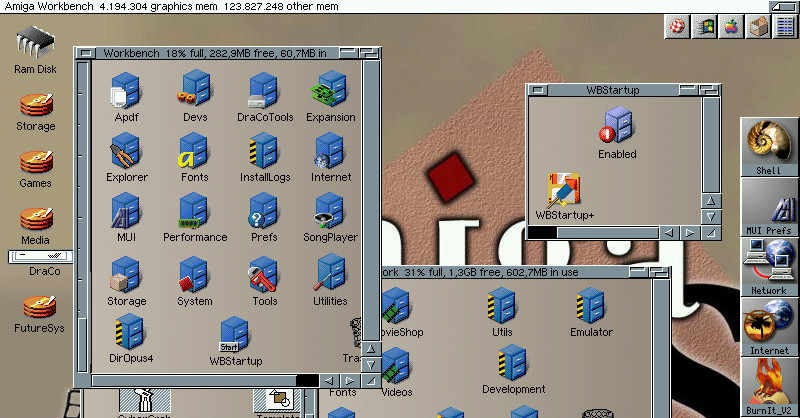
The DraCo Vision: MacroSystem's Pioneer in Post-Commodore Amiga Innovation
A Comprehensive Look at the DraCo Vision - A Non-Linear Video Editing Powerhouse
COMPUTER Vintage Zone January 21, 2024 Reading time: 2 Minute(s)
In the tumultuous aftermath of Commodore's demise in 1994, MacroSystem Computer GmbH emerged as a beacon of innovation for the Amiga community. Faced with uncertainty about the platform's future, MacroSystem made a strategic move, leading to the creation of the DraCo Vision—an independent system that aimed to revive the Amiga spirit and redefine non-linear video editing.
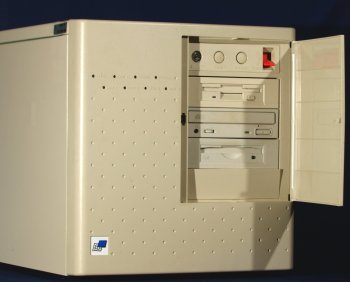
Technical Prowess
Powered by a robust Motorola 68060 processor clocked at 50 or 66 MHz and supporting up to 128 MB of Fast RAM, the DraCo Vision showcased MacroSystem's commitment to pushing technological boundaries. Notably, the absence of traditional Amiga custom chips like Agnus, Denise, and Paula set the DraCo Vision apart, eliminating the need for Chip RAM. Instead, it retained two CIAs for I/O ports and the Kickstart ROM for Amiga OS, seamlessly running well-crafted Amiga software through retargetable graphics.
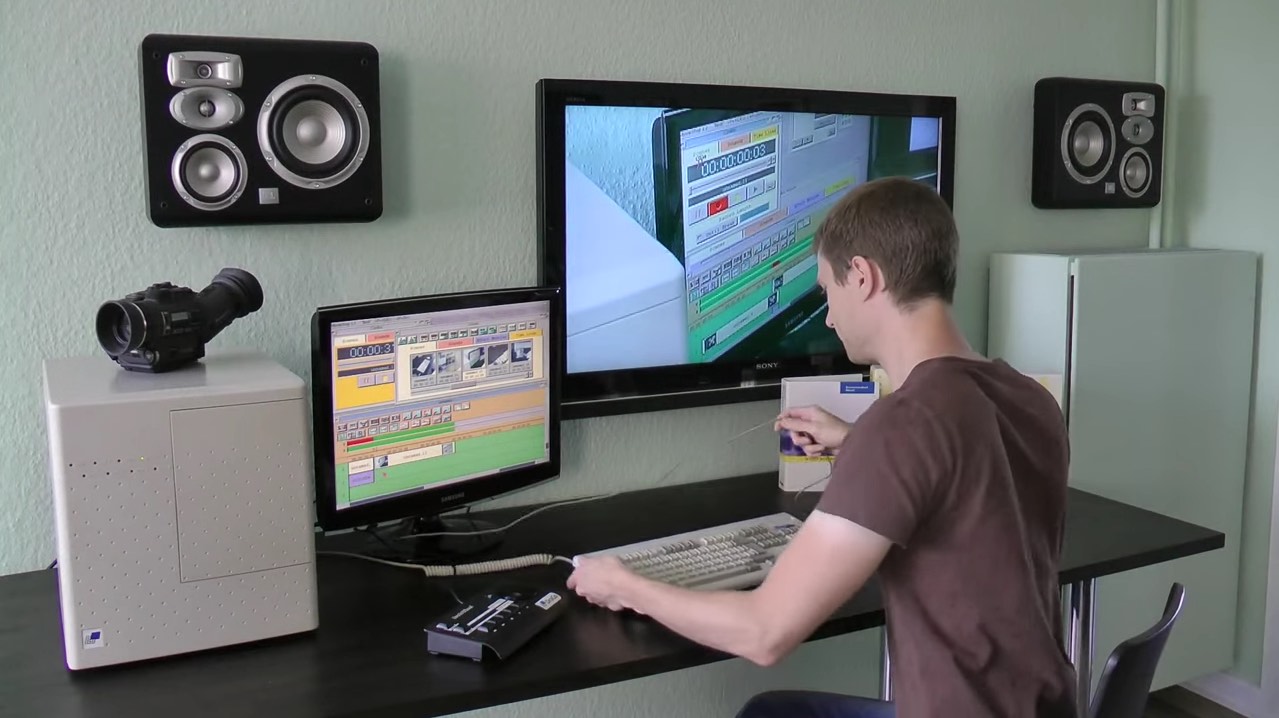
THE MACROSYSTEM DRACO MACHINE [IMAGE SOURCE: AMITOPIA]
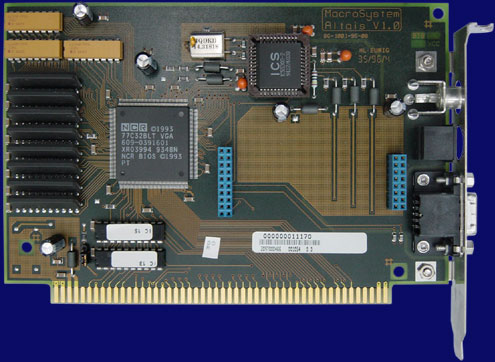
Graphics Innovation
Equipped with an Altais display card in its proprietary DraCo Bus slot, the DraCo Vision matched the capabilities of the Retina BLT Z3. The Altais facilitated programmable screen modes, ranging from 320×240×24 to an impressive 1600×992×16, making it a formidable contender in the graphics realm.
Video and Audio Excellence
Upon release, the 32-bit V-Lab Motion card was pending completion. In the interim, MacroSystem incorporated a Zorro II V-Lab Motion video and a Toccata audio card. The revolutionary Draco Motion combined features from both, compressing and decompressing JPEG frames offline for rendering, ensuring high-quality output meeting CCIR 601 4:2:2 standards at 720×576 (PAL).
DRACO COMPUTER BY MACROSYSTEM - YOUTUBE [CREDITS: MICAMINDK]
Expansion and Interfaces
With 3 DraCo Bus slots and 5 Zorro II slots, the DraCo Vision opened new avenues for expansion. MacroSystem introduced the DraCo Direct Bus, a 32-bit bus with AutoConfig support, offering an alternative to Zorro III. Though officially unpublished, this bus supported only two proprietary cards: the Altais and Draco Motion. The DraCo's higher clock speed Zorro II bus provided a performance boost but limited compatibility with some expansion cards.
Multifaceted Interfaces
The DraCo Vision boasted a rich array of interfaces, including serial and parallel ports, SCSI, mouse and keyboard connections, ensuring connectivity for various peripherals. The display card offered analog RGB, composite video, Y/C video, and more. The video card, complemented by the Toccata Zorro II card, delivered a comprehensive audio-visual experience.
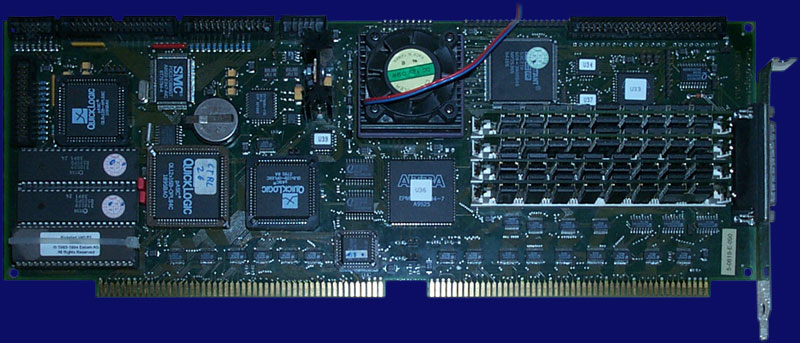
Drive Bays and Cases
Available in both tower and cube configurations, the DraCo Vision showcased versatility in design. Early units housed in a tower case were later succeeded by a sturdier cube case. Both configurations featured the same electronics and drive bays, with options for 5.25" and 3.5" bays, accommodating essential peripherals such as floppy and CD-ROM drives, as well as hard disks.
Defining the DraCo Vision's Legacy
The DraCo Vision emerged at a critical juncture when the Amiga community sought a new direction. Its departure from Amiga custom chips sparked debates about its classification, yet its historical significance cannot be understated. The system's pivotal role in demonstrating market demand for high-end Amiga-like solutions, underline the Amiga's enduring success in the professional non-linear video editing market by 1994.
DraCo Vision MacroSystem Amiga Commodore Non-Linear Video Editing Retro Computing Video Production DraCo Bus Zorro II Video Technology Retro Technology Vintage Computer RSMax
*Our pages may contain affiliate links. If you buy something via one of our affiliate links, Review Space may earn a commission. Thanks for your support!
CATEGORIES




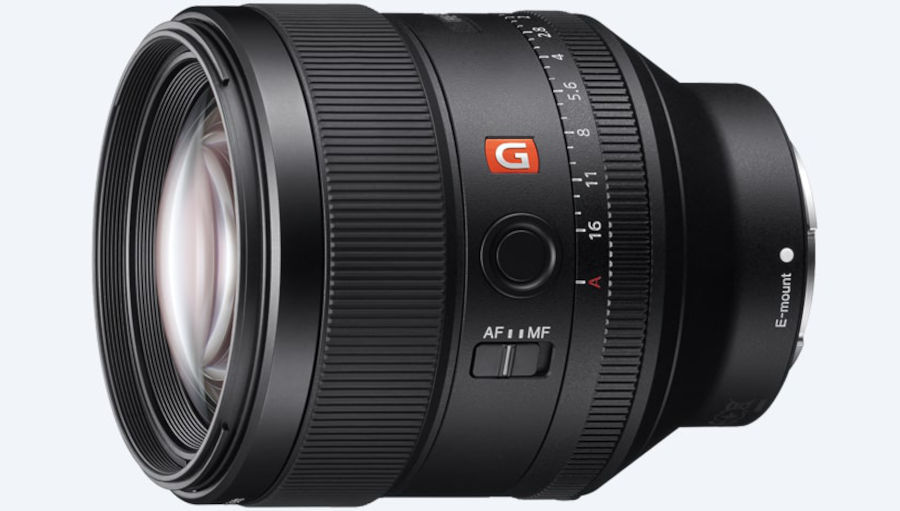

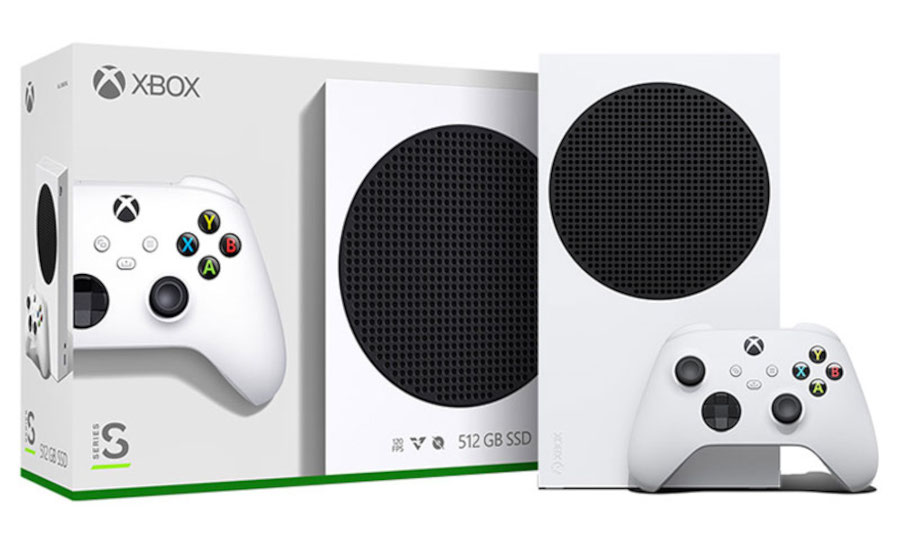


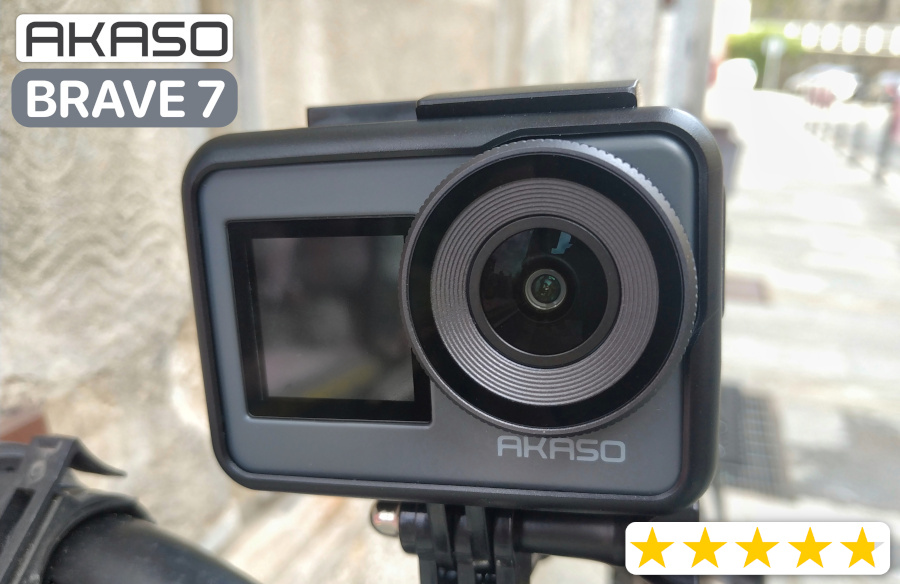

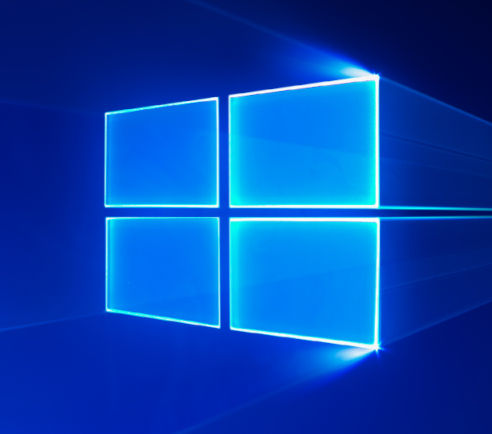







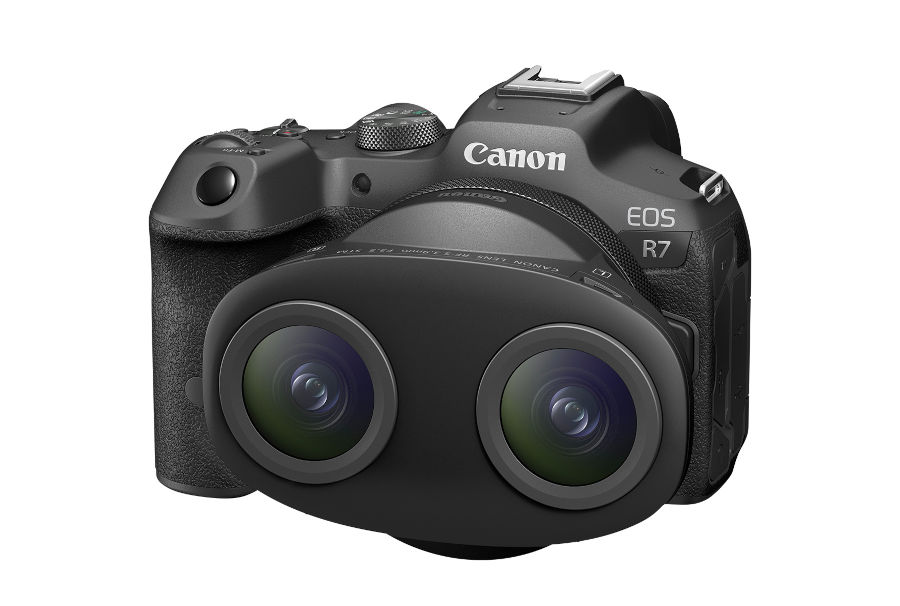
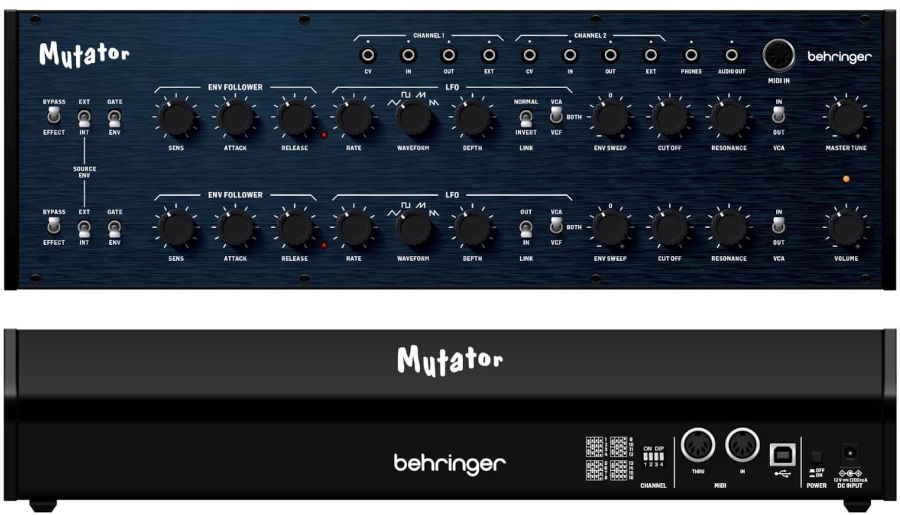



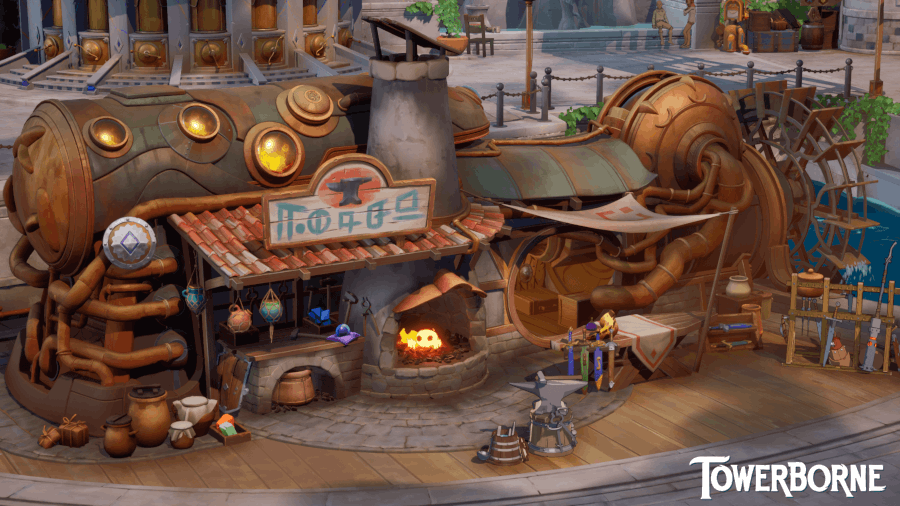
COMMENTS